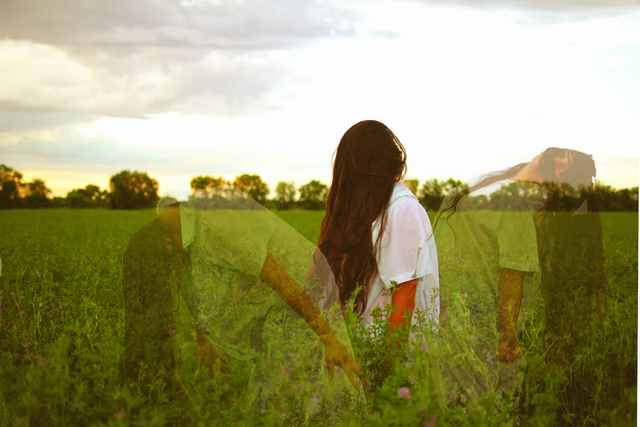Culture Shock: Night Of The Interactive Theater
Blackout Theatre Puts Guests In The Thick Of The Zombie Apocalypse


Latest Article|September 3, 2020|Free
::Making Grown Men Cry Since 1992




